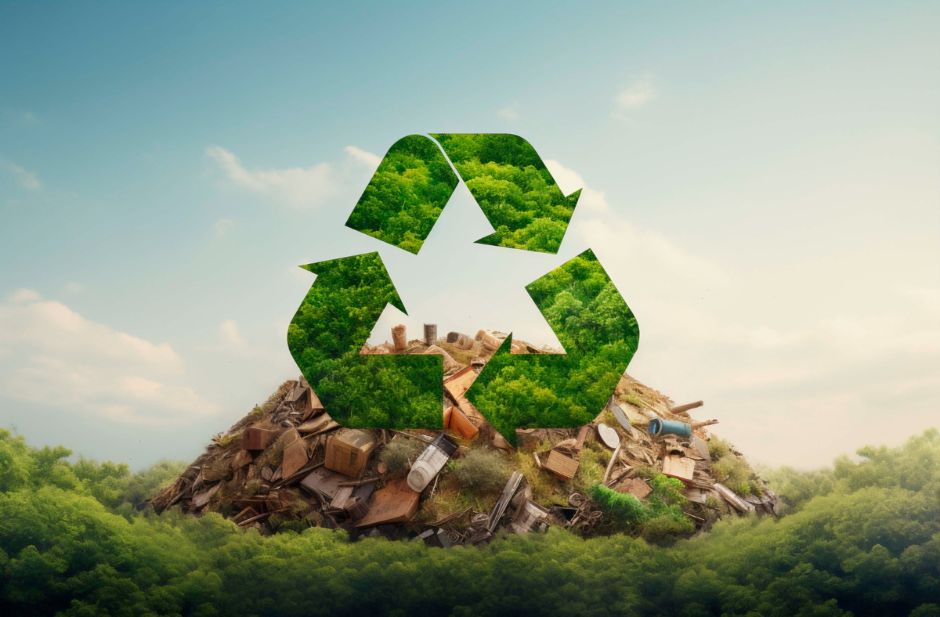Rethinking Packaging: Reducing Waste and Enhancing Brand Value

Packaging plays a vital role in protecting products during transit and representing brand identity. However, the materials and design choices made for packaging can lead to unnecessary waste once the box is opened and discarded. Often overlooked, these choices can drive up long-term environmental impact and operational costs. Shifting to more sustainable packaging is no longer optional—it’s a smart, forward-thinking strategy for any business.
Where Waste Accumulates in Packaging
Many businesses unknowingly rely on packaging that is difficult to recycle or excessively bulky. Overpackaging with plastics, foam inserts, or oversized cartons often creates more waste than protection. These materials typically end up in landfills and can take decades to decompose.
Multi-layered packaging—especially those made with combinations like foil, adhesives, and plastic—can be visually appealing but are usually non-recyclable. While intended to offer durability, they ultimately complicate disposal and reduce a brand’s sustainability appeal.
Auditing your packaging materials and design can reveal areas where more sustainable, streamlined alternatives could be implemented.
Building Customer Loyalty Through Sustainability
Modern consumers are becoming more conscious of their environmental footprint. As such, many are drawn to brands that make visible efforts to reduce packaging waste. Recyclable, compostable, or reusable packaging from box suppliers not only reduces environmental harm but also communicates a company’s commitment to sustainability.
Eco-conscious packaging leaves an impression. Minimal, well-designed materials show customers that the brand values both quality and environmental responsibility—fostering stronger trust and long-term loyalty.
Cost Efficiency Meets Environmental Responsibility
Beyond perception, sustainable packaging can also benefit logistics. Choosing the right-sized box eliminates unnecessary filler, cuts shipping weight, and reduces costs. Lighter, smaller packages are easier to store, ship, and handle—all while shrinking your carbon footprint.
Innovative materials like biodegradable fillers, dissolvable wraps, and plant-based inks are becoming more accessible. These options allow brands to balance design, durability, and sustainability without sacrificing function.
Smarter Packaging Design for a Better Future
Packaging is often the first physical interaction a customer has with a brand. Making that experience more environmentally responsible speaks volumes. By embracing recyclable materials, simplifying designs, and testing newer eco-solutions, companies can lead with both intention and innovation.
The shift to sustainable packaging isn’t just about following trends—it’s about building long-term trust, reducing waste, and strengthening operations from the inside out.











